Who’s Breeding Whom? - Part II
Mississippi State University “Who’s Breeding Whom” Study
Drs. Randy DeYoung and Stephen Demarais examined buck breeding success in three separate deer populations in three different states. All three deer populations were managed differently in order to achieve different goals. Combined, these three deer management philosophies represent nearly the entire spectrum of white-tailed deer management across the U.S.
The deer herd in Mississippi was on a public hunting area where “traditional” deer management was the goal. In this herd, the adult sex ratio was skewed toward does with more than seven does per buck. The buck age structure was very young with only 20 percent of bucks in the population greater than 2.5 years old.
The second deer herd was in Oklahoma on a private foundation where “quality” deer management was the goal. In this herd, the adult sex ratio was more balanced at around three does per buck. The buck age structure was better balanced with around 30 percent of bucks greater than 2.5 years old.
The third deer herd was in south Texas on a large, private ranch where “trophy” deer management was the goal. In this herd, the adult sex ratio was balanced at less than three does per buck. The buck age structure was very balanced with nearly 60 percent of bucks greater than 2.5 years old.
The Expectations
I would guess that the researchers in this study expected to find that on the public area in Mississippi, breeding would be least predictable with young bucks siring an unusually high percentage of fawns. However, individual young bucks that were the most dominant would be expected to breed more does than other, more subordinate young bucks. One would also expect a longer breeding season due to the skewed sex ratio resulting in a percentage of does going unbred during their first heat cycle.
On the intermediate Oklahoma study area, you would expect that mature bucks would breed the majority of does and sire the majority of offspring. But because the buck age structure still included a high percentage of young bucks, you would expect that some young bucks would also take part in the breeding. The more balanced adult sex ratio would be expected to result in a shorter breeding season window.
On the trophy-managed area in south Texas, conventional wisdom would have predicted that few if any young bucks would be successful at breeding does and siring fawns. This is because of the older buck age structure and the higher density of mature bucks. The researchers likely also expected the largest-antlered mature bucks to be the most successful. The balanced adult sex ratio would be expected to result in even lower breeding success for young bucks because there were fewer does per buck, making it even easier for the mature bucks to dominate the breeding.
The Results
Surprisingly, the actual results from the above study were dramatically different from the expectations! On the Mississippi study area, the female-biased adult sex ratio and the young buck age structure combined to result in a near equal distribution of breeding among buck age classes. This was expected. However, most bucks in this population were successful at breeding some does and no individual buck dominated the breeding. This was not expected.
On the Oklahoma and south Texas study areas, bucks 3.5 years old and older sired around 70% of the fawns. However, it was expected that older-aged bucks would dominate the breeding to an even higher degree than this because… if 70 percent of does were bred by older-aged bucks, that means that 30 percent were bred by young bucks! I’m sure that no one involved in this study predicted young bucks would successfully breed so many does, especially on the south Texas study area where nearly 60 percent of bucks were 3.5 years old or older.
Why are yearling and two-year-old bucks breeding 30 percent of does? Thankfully, another Ph.D. student, Jason Sumners, examined this question as part of his doctoral research at Texas A&M University-Kingsville. His study area was one of the same three study areas used by DeYoung. Sumners examined the DNA results and estimated dates of conception to determine that the vast majority of fawns sired by young bucks were from does bred during the peak of the rut. In other words, young bucks were restricted to breeding does during the rut peak. Of course, this is the time when the majority of does are all coming into heat at the same time – a time when it is least likely older-aged bucks can dominate all of the breeding.
Another unexpected result was how well distributed the breeding was among a large percentage of the buck population. In other words, a lot more bucks participated in breeding than was expected. And no individual bucks of any size or age class, monopolized the breeding. In fact, successful bucks sired an average of only one or two fawns each and the most fawns sired by any individual buck in a single year was only six. On average, successful bucks sired fewer than 2.5 fawns in their lifetimes! And the most successful buck in the study sired only 14 fawns in his lifetime. Finally, there appeared to be no relationship between antler size and breeding success.
What genetic impact will result?
Based on the results of the above studies, we can now better address what the genetic impacts will be from intensive management techniques such as culling inferior-antlered bucks and stocking breeder bucks into a wild population. Culling especially, is widely practiced in south Texas and the stocking of breeder bucks is becoming more popular every year.
The results from the Mississippi State University study indicate that culling would be ineffective in a free ranging deer herd and inefficient on large properties that are high fenced. This is because so many different bucks actively participate in breeding and no individual bucks are able to monopolize breeding. As a result, I doubt culling will result in much of a genetic impact unless the property is relatively small and high fenced. The good news is that it is equally unlikely that hunters can negatively impact the genetics of a free-ranging deer herd by selectively harvesting only the largest antlered bucks.
The results from the TPWD study cast doubt on the effectiveness of introducing only a handful of breeder bucks into a wild deer herd. Based on their results, it is unlikely that breeder bucks would have much success competing against native bucks. As a result, I suggest that landowners concentrate on stocking does instead of bucks if their goal is to improve the genetics of the native deer herd. Every doe that is stocked will likely be bred each year that these does survive on the ranch where they were released.
A study completed during the mid 1980’s by Tom McCall and others at the Caesar Kleberg Wildlife Research Institute sheds further light on this question. Tom released 13 pen-raised bucks that were 0.5 to 2.5 years old on a large private ranch in LaSalle County. Each of these pen-raised bucks was fitted with a radio-transmitting collar so that their survival and movements after release could be monitored. Tom also captured nine wild, native bucks that were 0.5 to 2.5 years old on the same ranch. Each of these bucks was also fitted with a radio-transmitting collar for comparison.
Within only one year, eight of the 13 pen-raised bucks had died while none of the nine wild bucks had died. Obviously, not only do pen-raised bucks not compete well with wild bucks for breeding privileges, but they also don’t survive very well in the wild. Dr. Harry Jacobson, a retired professor from Mississippi State University, likely has more experience releasing pen-raised deer than anyone else. His research indicates that an average of 17 percent of pen-raised bucks released as older-aged fawns (8-11 months old) survive to maturity.
Why Don’t Mature Bucks Monopolize The Breeding?
In hindsight it now seems obvious, but before the TPWD and Mississippi State University studies, no one would have made the connection that the following factors all contribute to the reduced breeding success of mature bucks.
First, white-tailed deer have a relatively short breeding season in comparison to other deer species. In fact, 60 to 70 percent of all does are bred within only two to four weeks during the rut peak. This concentrated breeding makes it very difficult for any buck, no matter how big or old, to monopolize the breeding.
Second, adult does are well distributed across the landscape in small family groups. This is different from elk and other deer species, where unrelated females form harems during the breeding season that are tended by lone mature, dominant bulls. As a result, it is very difficult for older-aged, more dominant bucks to monopolize breeding because female groups are small and scattered across the range.
Third, recent DNA research has shown that around 25 percent of all twin fawns have different fathers! This is called multiple paternity and it clearly shows that does are much more promiscuous than previously thought. As a result, more than one buck can breed a doe, resulting in more bucks participating in breeding than would otherwise occur.
Join me next week when I investigate what South Texas deer like to eat.
Table 1. Results from the TPWD study at Mason Mountain Wildlife Management Area regarding “who’s breeding whom.”
Buck Pasture 1 Pasture 2
category No. of bucks No. of does bred No. of bucks No. of does bred
Yearling 5 (31%) 2 (7%) 10 (45%) 2 (4%)
MSA 8 (50%) 5 (18%) 8 (36%) 24 (51%)
MLA 3 (19%) 21 (75%) 4 (18%) 21 (45%)
MSA = mature (4.5+ years old) and small antlered.
MLA = mature (4.5+ years old) and large antlered.
Posted by Dr. Mickey W. Hellickson
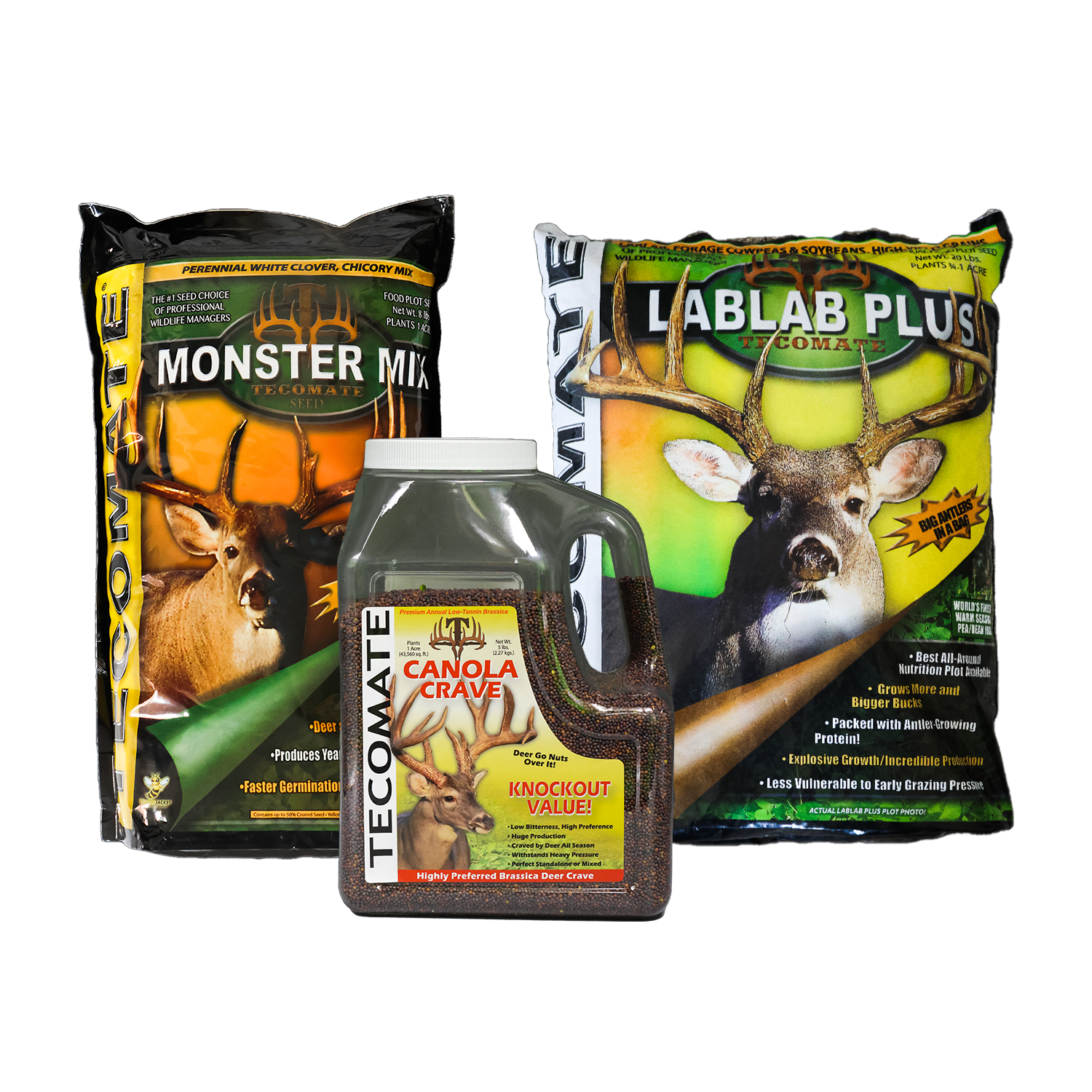
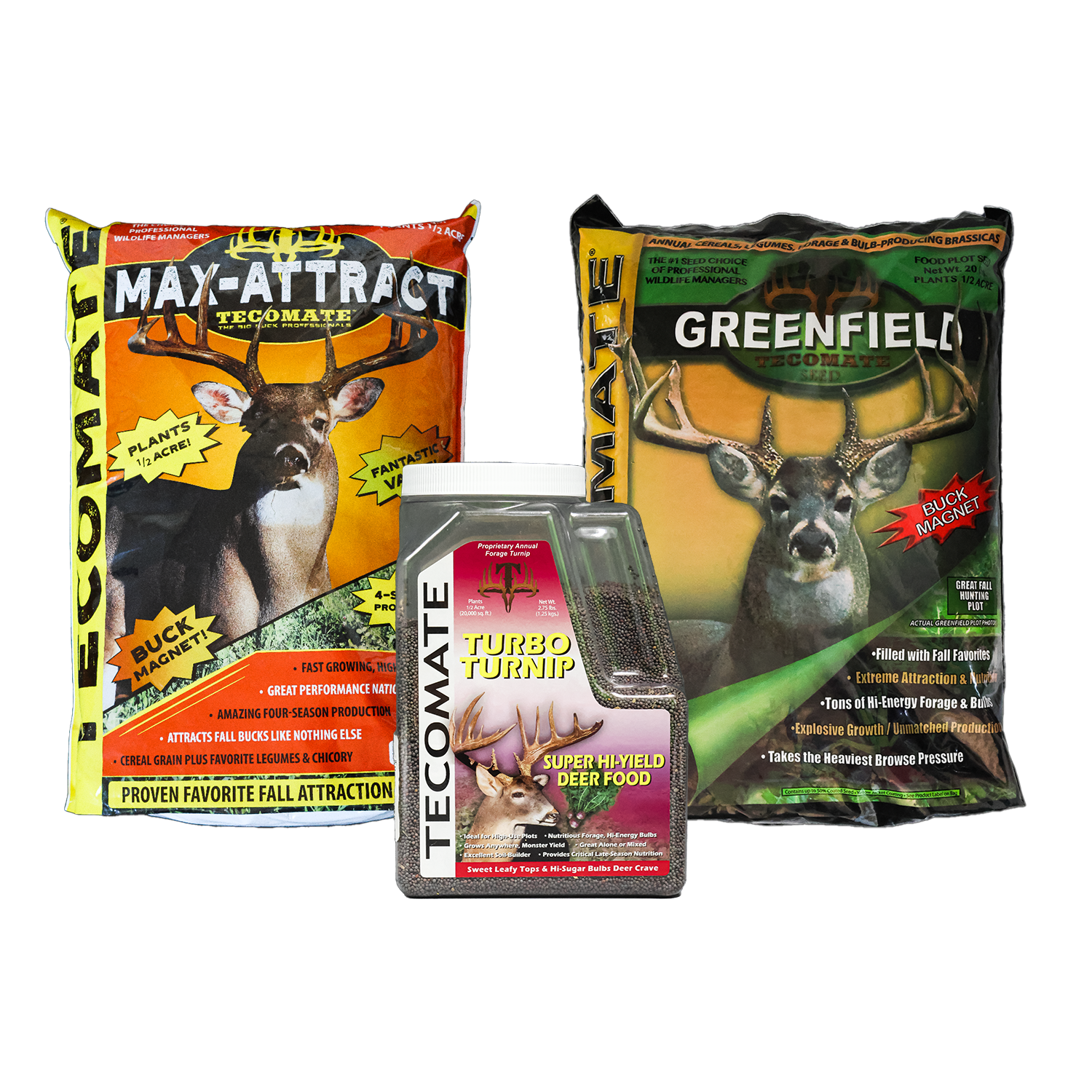



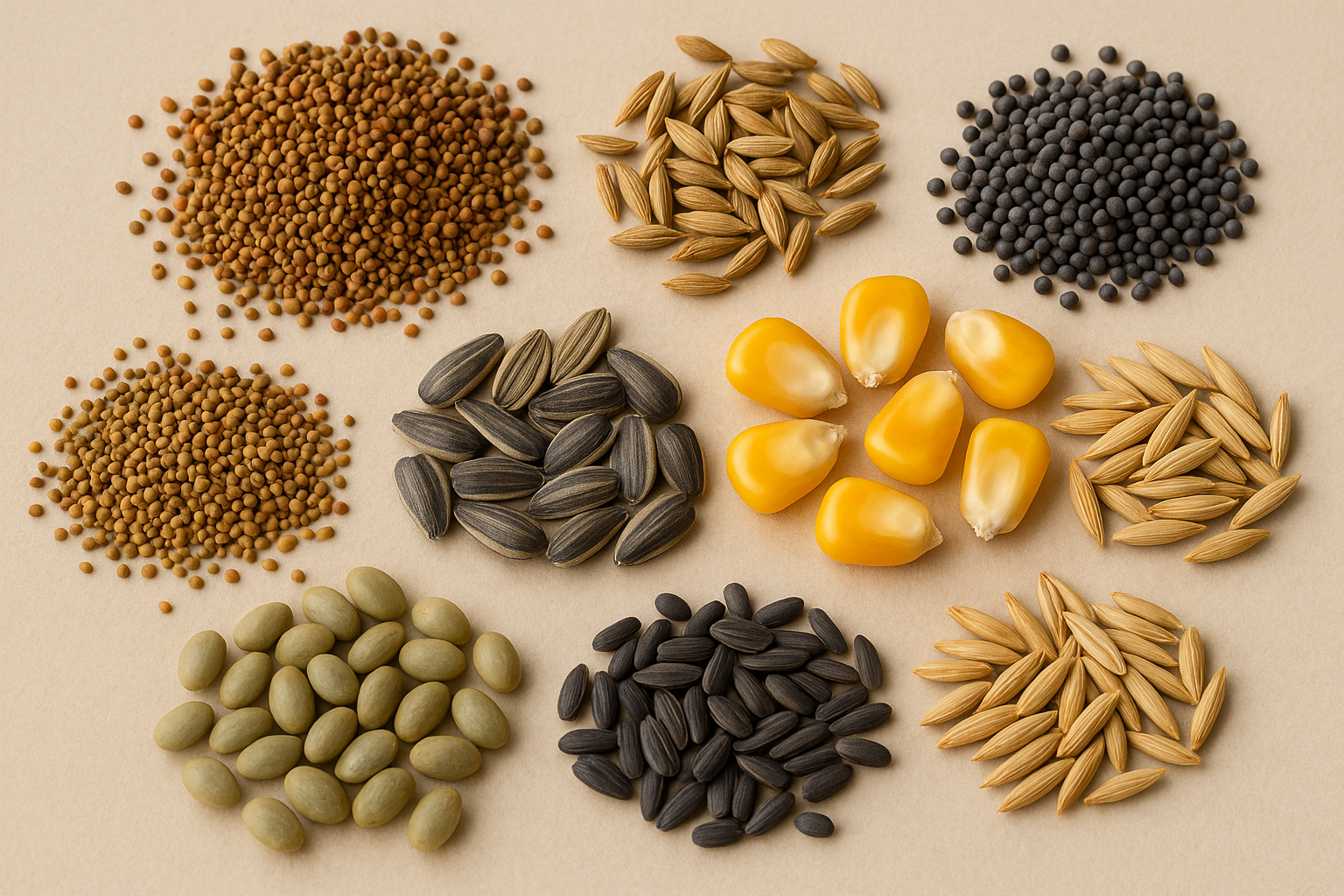
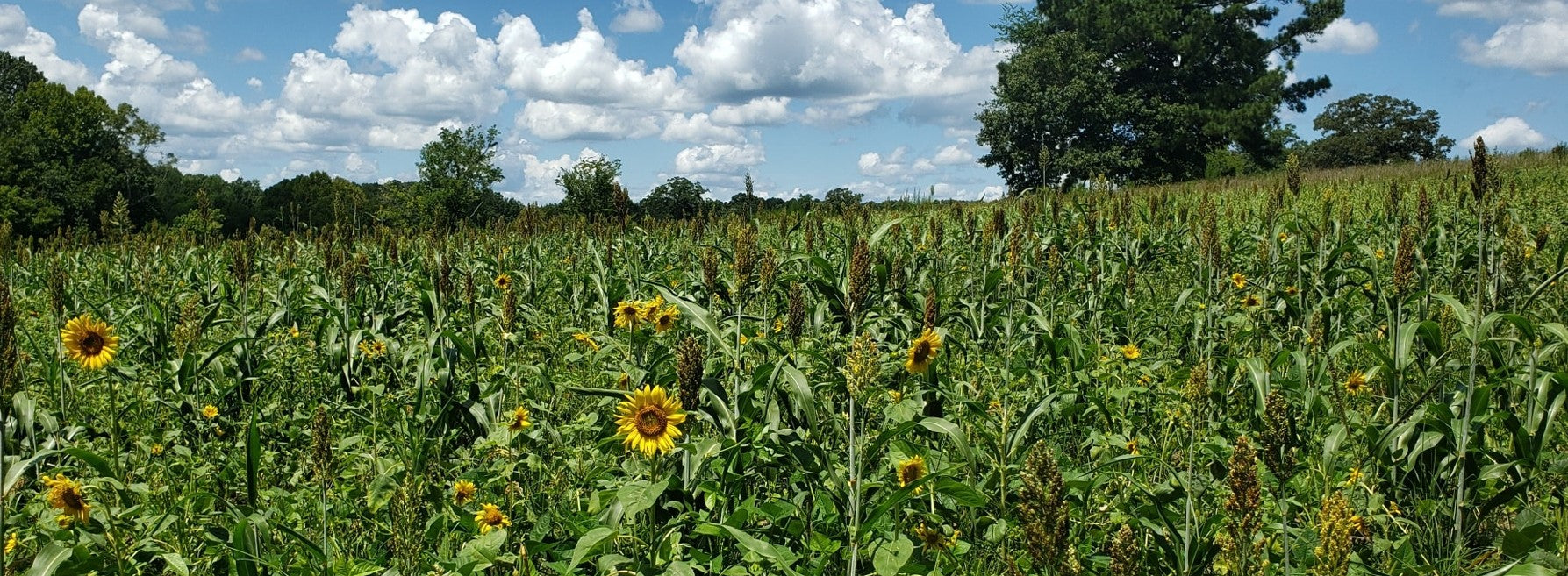
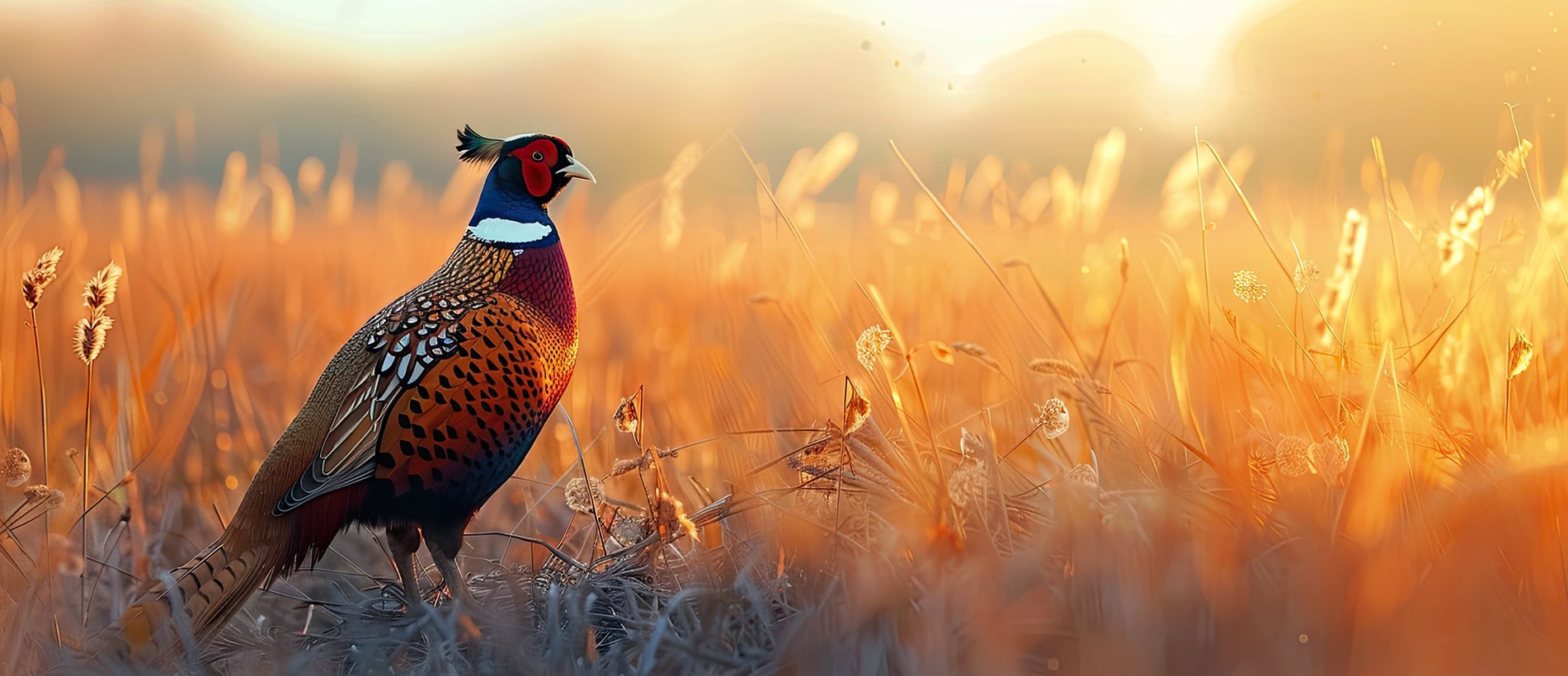


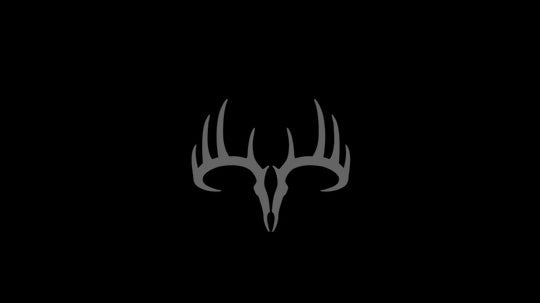
Leave a comment